Authors of the photos: German Zeppelin Shipping Company Ltd., Barry Ernest, Nautic Star, Gelex Global Group,

Popularity of the Material
If world history has already seen the “Stone Age,” “Iron Age,” and “Bronze Age,” then our era can confidently be called the “Aluminum Age.” Just two centuries ago, this metal was considered precious, but today it’s hard to name an area where it isn’t used.
Despite being the most abundant metal on Earth, comprising a full 9% of the Earth’s crust, aluminum was practically unused until 1825. At that time, German physicist Hans Christian Ørsted attempted to extract a new metal from the mineral bauxite. Unfortunately, Ørsted’s process for obtaining the new metal was so labor-intensive and costly that it immediately became the most expensive metal in the world—more costly than gold and platinum. Consequently, fashionable ladies of the time quickly adorned themselves with new aluminum jewelry, which sounds amusing from our modern perspective. Subsequently, aluminum was even used by the Wright brothers, inventors of the airplane, to make the engine walls. The metal was also used in the construction of Zeppelin airships. In the future, the aviation industry would fall in love with aluminum for its lightness and reliability.
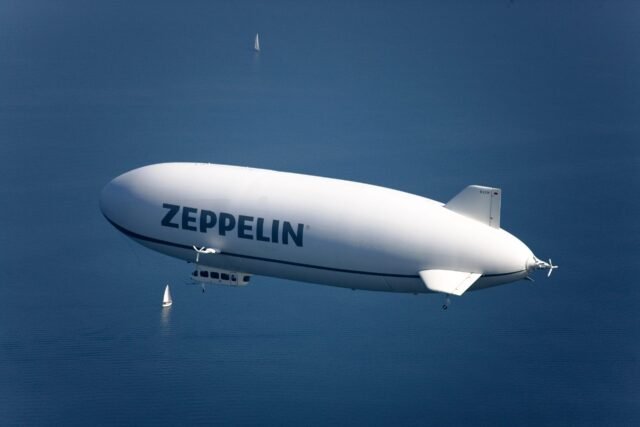
The increased demand for aluminum sharply boosted its production volumes. Methods for mass production were actively sought. One of these methods transformed aluminum from the most expensive to the cheapest metal in the world. Everything changed when German engineer Alfred Wilm invented a way to facilitate the mass casting of aluminum. Although the early results were far from ideal, as the aluminum was very brittle, Wilm’s serendipitous discovery changed everything. Dissatisfied with his aluminum hardening experiments, he left the samples to cool openly, and upon returning a few days later, he noticed that they had hardened, acquiring the desired strength. Thus, in 1906, Wilm invented the process of age-hardening, giving the world duralumin. This led to a drastic reduction in the metal’s cost, which had been considered precious for the past 50 years, dropping the price of aluminum from $1200 per kilogram to $1 per kilogram. This marked the triumphant march of duralumin across the globe.
Alfred calculated the optimal aging temperature for duralumin and the necessary time to achieve ideal structural strength. This made it possible to use aluminum literally everywhere.
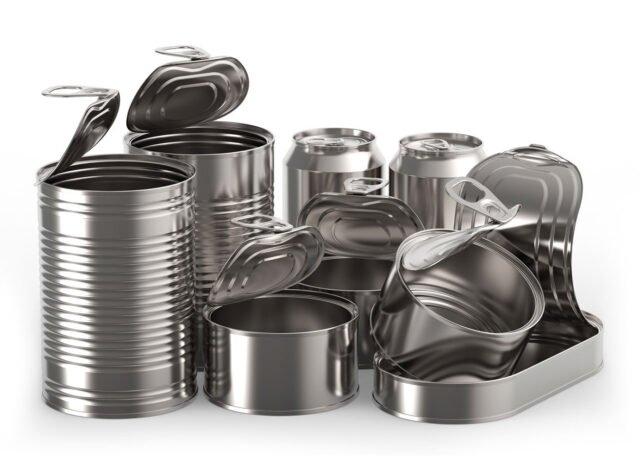
Aluminum has long been firmly embedded in our daily lives: from cutlery, kitchen faucets, and wires, to car bodies, airplanes, and ships. Approximately 23% of the world’s aluminum is used in construction today. For instance, it was the primary metal used in the construction of the famous Empire State Building. However, the main consumers of aluminum worldwide remain the automotive and shipbuilding industries. Thanks to this material, manufacturers have been able to lighten vehicle structures, leading to reduced fuel consumption and lower emissions. Indeed, our world would be very different today without the widespread use of aluminum.
Aluminum: The Best Material for Boat Building

The internet is filled with various opinions on building yacht and boat hulls from steel, aluminum, and other materials. In reality, the choice of aluminum alloys for boat construction is quite limited. Currently, there are six main aluminum alloys used in shipbuilding: 5052-H32, 5083-H321, 5086-H32, 6061-T6, 6063-T6 or T52, and 6262-T6511. The most widely used in shipbuilding is the 5083 grade. This is a marine-grade alloy, the strongest non-heat-treatable aluminum alloy used commercially. It maintains excellent tensile strength in the weld zone and has superior corrosion resistance, making it suitable for both saltwater and freshwater. Often, shipbuilders use a combination of alloys, such as 6061 for hull structures and 5086 for added durability.
Consumers frequently ask whether to choose an aluminum boat or a fiberglass one, or perhaps a combination of both. We have compiled information into a single guide to show the pros and cons of boats made from different materials. Honest and unbiased. Make your choice.
Advantages of Aluminum Boat Hulls
Reliability and Durability: The most significant argument in favor of an aluminum boat is its reliability. For example, aluminum RIBs by “GALA” are made from marine-grade aluminum alloy 5083 and have excellent longitudinal and transverse rigidity.
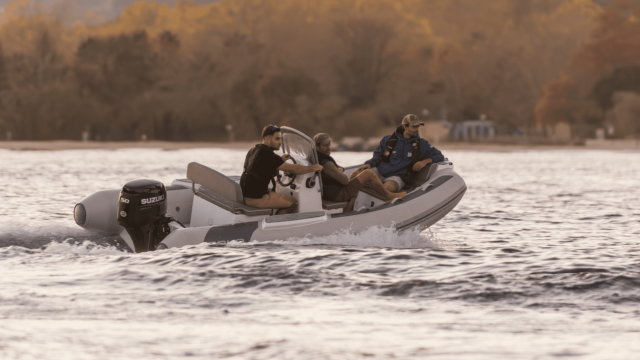
The hull thickness typically ranges from 2.5 to 4.5 millimeters, making the boat virtually indestructible. The additional corrosion protection of aluminum surfaces, through chromium-free titanium passivation using the ENVIROX system, makes GALA RIBs almost eternal. Aluminum boats in certain sizes always weigh less than fiberglass boats, while maintaining a rigid structure that can withstand impacts with various rocks. You can also more comfortably land on unprepared shores and navigate shallow waters with an aluminum boat.
Versatility: All models of GALA aluminum RIBs are versatile and can be used for fishing, leisure, and other water activities. The GALAXY aluminum RIBs are specifically designed for use by police, coast guards, water rescue teams, the military, etc.
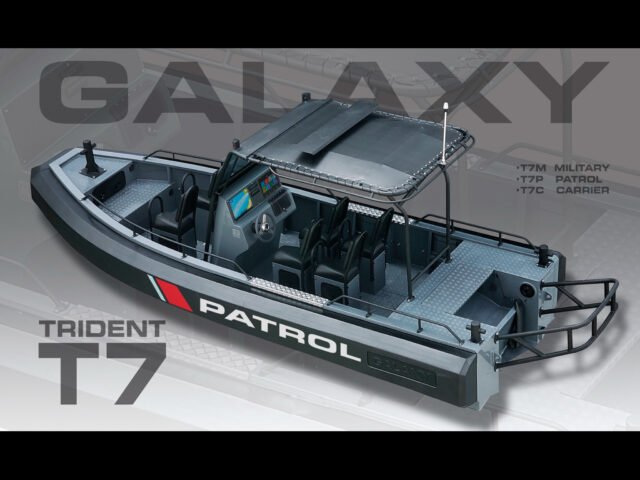
Resale Value: When you buy a new GALA or GALAXY aluminum boat, you can sell it a few years later for nearly the same price. The hull ages very slowly, and the resale value of an aluminum boat in the secondary market is almost unchanged.
Combined Aluminum and Fiberglass Boats
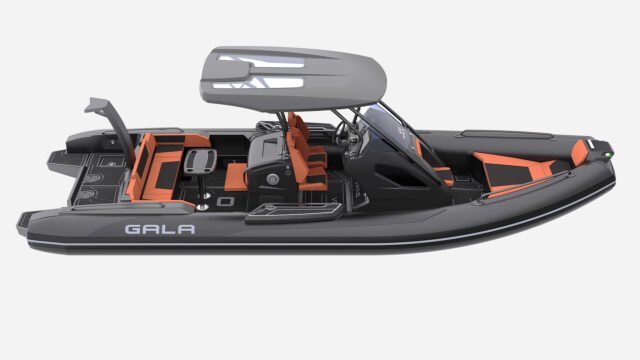
The main hull of GALA RIBs is made from aluminum, but in the Gala Viking models, some elements, such as steering consoles and seat pedestals, are made from fiberglass. This combination results in a beautiful, convenient, lightweight, strong, and reliable boat structure.
Disadvantages of Aluminum Boats
There are practically none. However, the only downside that comes to mind is the complexity of repairs and the higher initial purchase price compared to fiberglass boats. But this cost is more than compensated by the reliability, durability, safety, and many years of enjoyable time on the water.
Conclusion
Experts note that if finances allow, most potential boat buyers would be happy to own two boats. The first would be an aluminum RIB for fishing and other water activities, such as the GALA ATLANTIS, and a comfortable boat for traveling.
